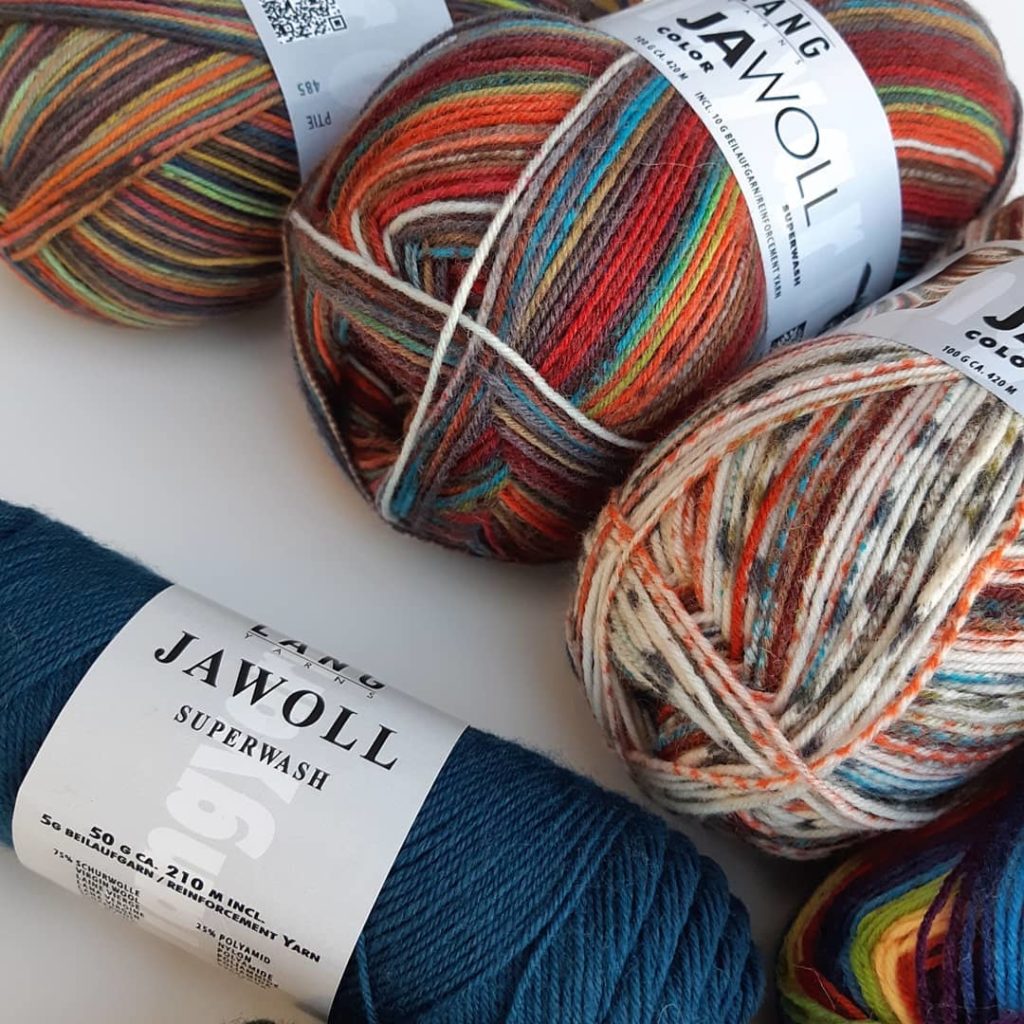Each of us has encountered such a disaster as unpleasant lumps on clothes.
This can easily happen with completely new things that were initially of low quality or were simply washed in a different mode.
Some people, in order to avoid the hassle of removing them, throw such things away or reclassify them as work clothes. For some, purchasing a replacement is an unaffordable and unplanned waste of their budget, and they try to find easier ways to remove them.
There are several ways to do this. But first you should understand and deal with the reasons why they appear in the first place.

Why does he cough?
Most pilling appears on knitwear items. This occurs when the fabric interacts with another surface, such as when a sweater touches another garment. Rolling of the fabric indicates that the material used in the clothing is not of the best quality, or that the composition contains synthetic fibers or that the threads of the material are not woven correctly.
When buying clothes, you can immediately see whether they have a tendency to pill. The presence of lint is the main signal that it may roll up during wear.
The most common causes of pellets:
- Presence of synthetics in clothes.
- Wrong care.
- Insufficiently twisted threads.
- There are long strands of threads.
What compounds in yarn prevent coughing?
To the question of what the composition of the yarn should be so that spools do not appear, knitters who have been practicing their craft for a long time can answer that spools do not appear only on suits for divers. And those who are even more experienced will notice that pellets form on it too. It turns out that the point is not what the yarn is made of, but how smooth it is. The smoother the thread, the less prone it is to pilling. It is easier for pellets to appear on fluffy and delicate yarn than on hard and smooth yarn.

If we compare clothes made from mercerized and plain cotton, then in the first case there will be a more advantageous option. Since excess fluff has been removed from the thread. Cotton with long fibers also looks good, and it doesn’t stretch.
It turns out that the main thing is to choose smooth and high-quality yarn, but its composition is completely unimportant.

When choosing a fabric that will not have pilling and will not prick, you should adhere to the following rules:
- Fabrics with low density, as well as knitwear, most often form pills.
- If the fiber is thin, it easily comes to the surface, becomes tangled and results in lumps.
- The presence of synthetics is the cause of pilling.
- Knitted items made from wool initially pill, and subsequently the pills disappear.
- Wool processed using a special method for men's suits does not pill.
- The longer the thread and the more twisted it is, the less pilling there is.


 0
0




